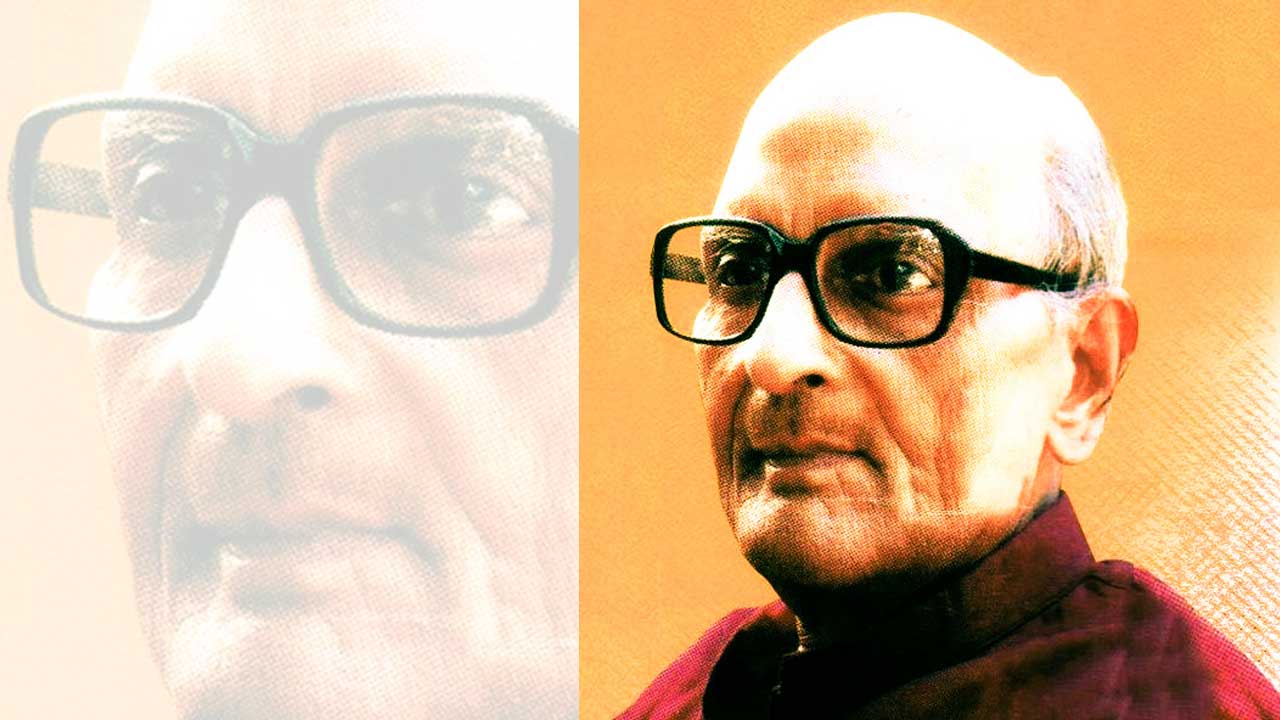Based on her PhD dissertation that she wrote in the late 1960s, Eleanor Zelliot’s Ambedkar’s World: The Making of Babasaheb and the Dalit Movement offers us a detailed account of Ambedkar’s life and Dalit movement from a historian’s perspective. It stands as seminal because this was the first academic research carried out on the Dalit Movement after the passing of Babasaheb. The history of the movement also became accessible to a global readership because it was written in simple, lucid English.
Zelliot traces Ambedkar’s sociopolitical life through five sections: 1) The Mahar Background 2) Untouchable Movement 3) Depressed Classes in Politics 4) Conversion Movement 5) Ambedkar’s Party Politics
Zelliot writes about the role of the Mahars in the traditional Balutedari system and the changes that colonization brought to that role: how through recruitment in the British army, their socio-economic status rose. This in turn resulted in the birth of the pre-Ambedkar leadership of Gopal Walangkar, Kisan Bansode and Shivram Kamble. These leaders laid the foundation of modern critical consciousness among Mahars through various institutions set up for the upliftment in the field of education and employment.

The second section describes the various methods that Ambedkar opted for in his early days. Those included the conferences of Untouchables that he organized across Maharashtra. The aim of these conferences was to conscientize the Untouchables and gather mass support for public action. Second, temple-entry movements were launched in Amravati, Nashik and Pune. Ambedkar was not leading any of these movements; his leadership was more symbolic than actual. Here, the author presents a letter written by Ambedkar to Bhaurao Gaikwad in 1934, in which Ambedkar writes that the temple-entry movement is the best way of energizing the “Depressed Classes” and making them conscious of their lowly positions in the Hindu social order. After the Nashik Satyagraha, he felt that he had achieved that goal and that temple-entry movements became irrelevant. Two years later, in 1936, Ambedkar announced his conversion plan.

Third, Ambedkar used newspapers as part of the anti-caste struggle. His predecessors too had done that but he developed the strategy to a greater extent with the newspapers like Mooknayak, Bahishkrit Bharat, Janata and Prabuddha Bharat. This legacy is still alive. Fourth and the last, he set up institutions, such as the Bahishkrit Hitkarni Sabha. The role of the Bahishkrit Hitkarni Sabha was to educate and broaden the movement to include all “untouchable” castes and all spheres of life of the Depressed Classes.
The third chapter gives an insight into Ambedkar’s presentations to various commissions, such as the Southborough Committee (1918), Simon Commission (1928) and the Round Table Conference (1930-32). Ambedkar negotiations played a key role in securing the political rights of the Untouchables as the British government sought to carry out reforms. However, Ambedkar had to settle for reserved seats for the Untouchables after the forced negotiation with Gandhi (Poona Pact), instead of the separate electorate he had demanded.

The fourth is about the conversion movement starting from 1936 to 1956. Here, the author tells us that the Sikhs, Christians and Muslims were in touch with Ambedkar, beckoning him to their religion. But Ambedkar, who was the busy with the drafting of the Constitution, was not satisfied with these options intellectually and politically. At last, along with 500000 Mahars and other Untouchables, he converted to Navayana Buddhism. It was his own interpretation of Buddhism, which had influenced him since his childhood days.
The last chapter deals with Ambedkar’s intervention through party politics. He launched the Indian Independent Labour Party (ILP), the Scheduled Caste Federation, and the Republican Party of India. Only ILP was a success because, as Zelliot says, Ambedkar was not able to focus on building a strong party. Also, the parties had the support of only the Untouchables – unlike, for example, the Bahujan Samaj Party today, which despite its core Dalit base has managed to convince the other caste Hindus to vote for it as part of its “social engineering”. Zelliot notes that Babasaheb spent his entire political career at the highest levels: Before Independence, he engaged with the British through the various commissions and after Independence, as a member of the Constituent Assembly and later of the Parliament. He was only part of three demonstrations in his entire life.
One grouse a reader can have with the book is the restricting of Ambedkar’s movement to a Mahar movement. Though Zelliot writes in the Introduction that the book was titled “Ambedkar and the Mahar Movement” in the beginning and was later changed to “Ambedkar and the Dalit Movement”, she has retained all the references to the Mahar Movement in the chapters. Although Mahars played a key role in the movement, Ambedkar perhaps wouldn’t name it after them. For his goal was emancipation of other Untouchables, all backward classes and the annihilation of caste itself.
Title: Ambedkar’s World: The Making of Babasaheb and the Dalit Movement
Author: Eleanor Zelliot
Publisher: Navayana
Year of Publication: 2013
Price: Rs 350
Copy-editing: Anil
Forward Press also publishes books on Bahujan issues. Forward Press Books sheds light on the widespread problems as well as the finer aspects of Bahujan (Dalit, OBC, Adivasi, Nomadic, Pasmanda) society, culture, literature and politics. Contact us for a list of FP Books’ titles and to order. Mobile: +917827427311, Email: info@forwardmagazine.in)
The titles from Forward Press Books are also available on Kindle and these e-books cost less than their print versions. Browse and buy:
The Case for Bahujan Literature
Dalit Panthers: An Authoritative History







